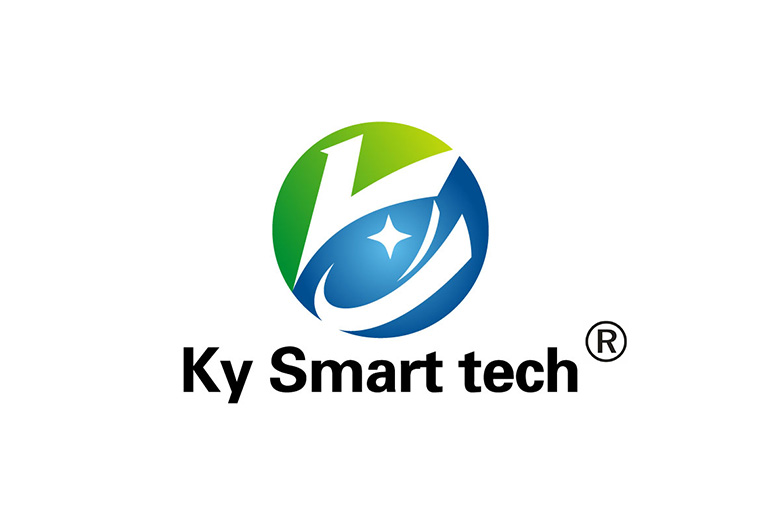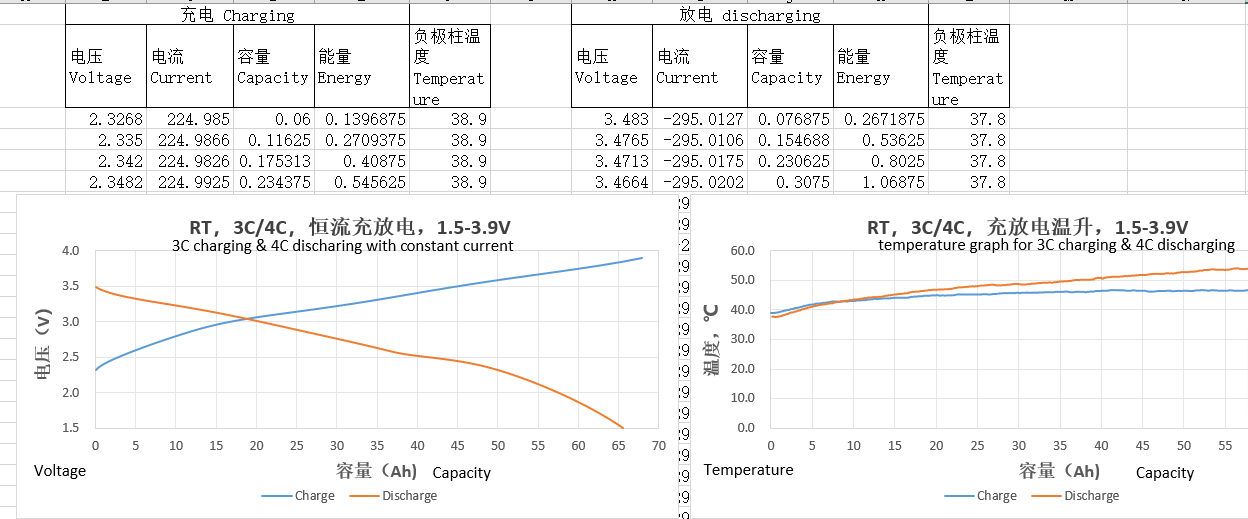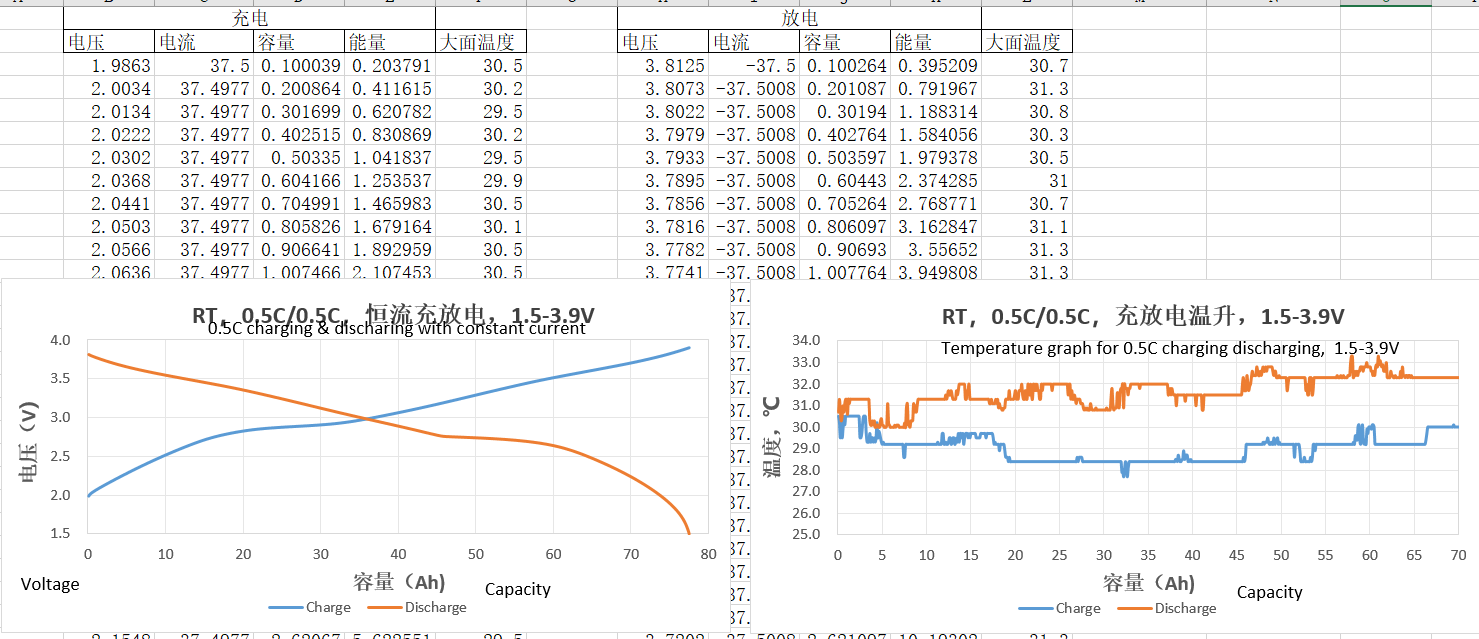The answer is yes because the all inverters has a safety working volts range, as long as it is between the range is ok, but the working efficiency will be around 90%.
The sodium and lithium batteries have similar electrochemical characteristics, they differ in voltage levels, discharge curves, energy density, and charging and discharging strategies. These differences may affect the compatibility of inverters used with battery systems.
Voltage range: The typical operating voltage of lithium and sodium batteries may be different. For example, the common lithium-ion battery cell voltage is usually 3.6 to 3.7 volts, while the cell voltage of sodium batteries may be around 3.0 volts. Therefore, the voltage range of the entire battery pack and the input voltage specification of the inverter may not match.
Discharge curve: The voltage changes of the two types of batteries during discharge are also different, which may affect the stable operation and efficiency of the inverter.
Management system: The battery management system (BMS) of sodium and lithium batteries are also different, and the inverter needs to be compatible with a specific type of BMS to ensure safe and efficient charging and discharging.
Therefore, if you want to use an inverter designed for lithium batteries in a sodium battery system, or vice versa, you need to carefully consider the above factors. The safest approach is to use an inverter that the manufacturer recommends or clearly states is compatible with your battery type. If necessary, you can consult professional technical support to ensure the safe and efficient operation of the system.
Post time: May-30-2024


